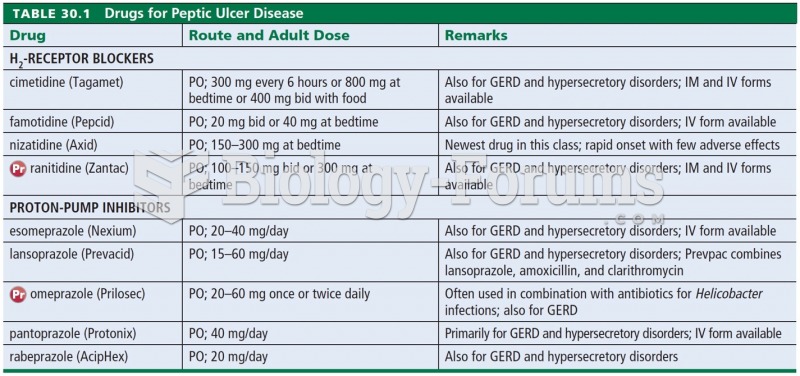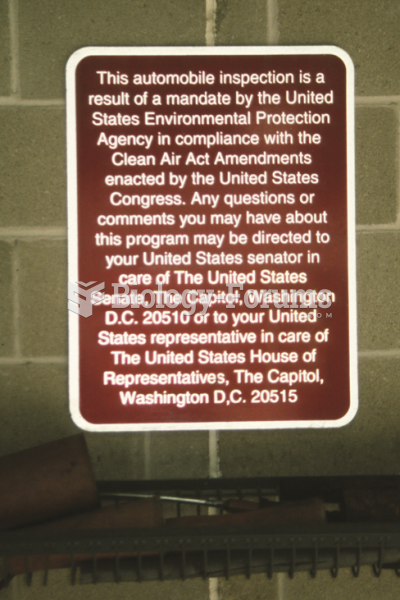Answer to Question 1
3
Rationale 1: Platelets levels do not evaluate HIV disease.
Rationale 2: Liver function studies can be used but do not assess the progress.
Rationale 3: CD4 count best determines the progress of the disease.
Rationale 4: Complete blood count can be used but does not assess the progress.
Global Rationale: CD4 count best determines the progress of the disease. Platelets do not evaluate HIV disease. Liver function studies and complete blood counts can be useful in treatment but do not assess the progress.
Answer to Question 2
3
Rationale 1: The Public Health Service Act of 1944 covers many health issues, including biological products and the control of communicable diseases.
Rationale 2: The FDA Modernization Act is the largest reform effort of the drug review process since 1938.
Rationale 3: The Food, Drug, and Cosmetic Act, passed in 1938, prevents the marketing of drugs that have not been thoroughly tested prior to marketing. Drug companies are required to prove the safety and efficacy of any drug before it can be sold in the United States.
Rationale 4: The Pure Food and Drug Act gives the government power to control the labeling of medicine.
Global Rationale: The Food, Drug, and Cosmetic Act, passed in 1938, prevents the marketing of drugs that have not been thoroughly tested prior to marketing. Drug companies are required to prove the safety and efficacy of any drug before it can be sold in the United States. The Public Health Service Act of 1944 covers many health issues, including biological products and the control of communicable diseases. The FDA Modernization Act is the largest reform effort of the drug review process since 1938. The Pure Food and Drug Act gives the government power to control the labeling of medicine.







